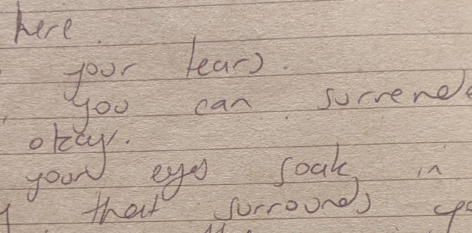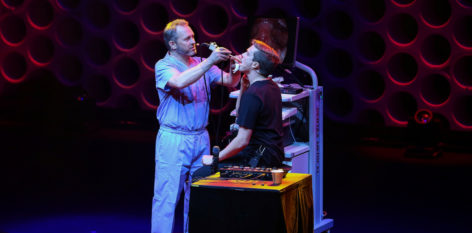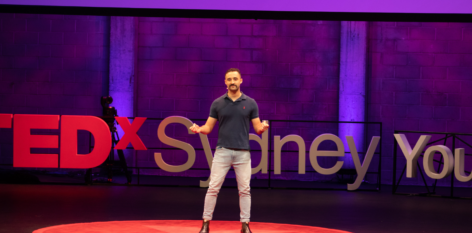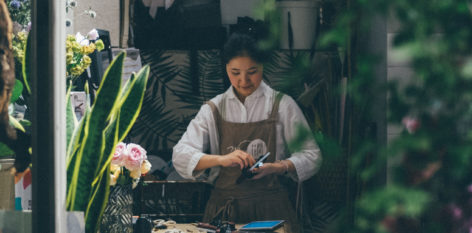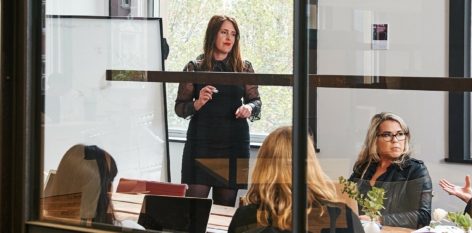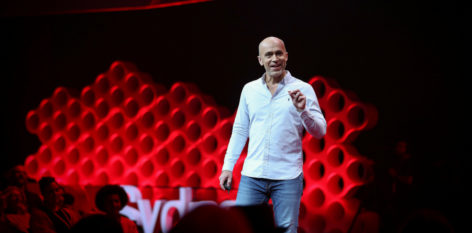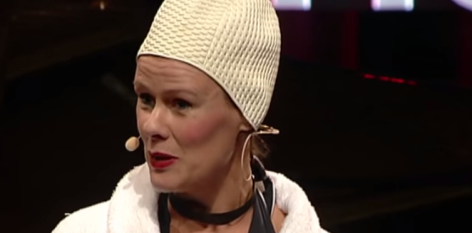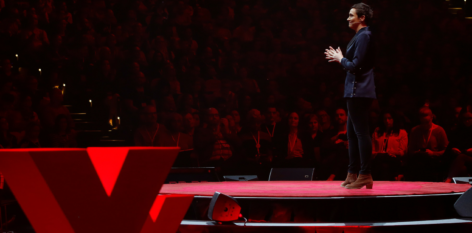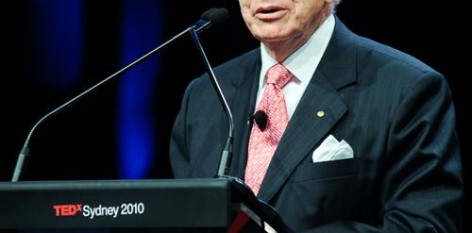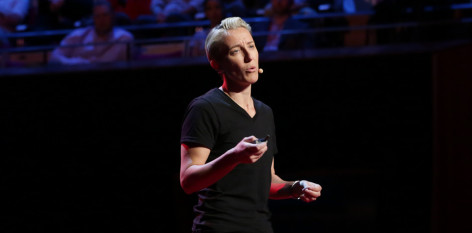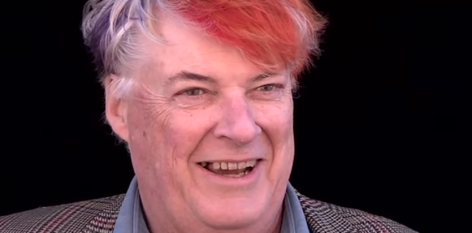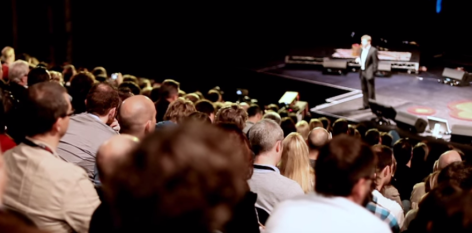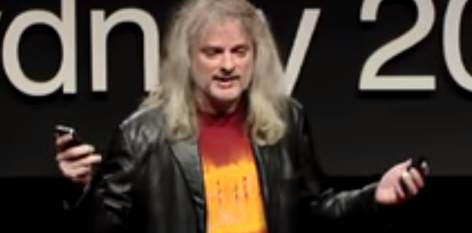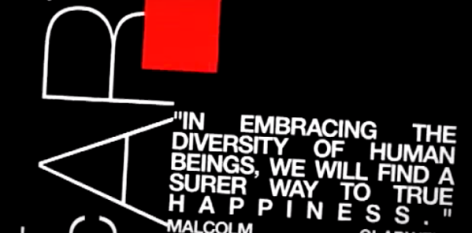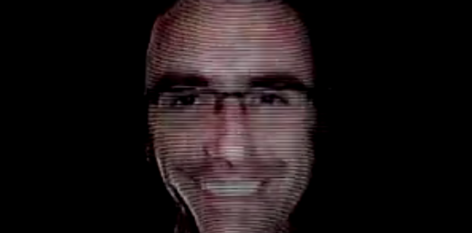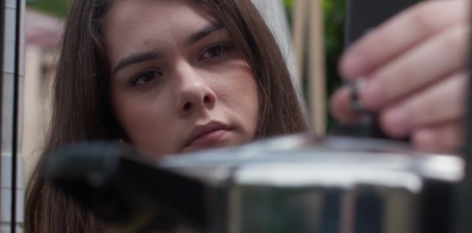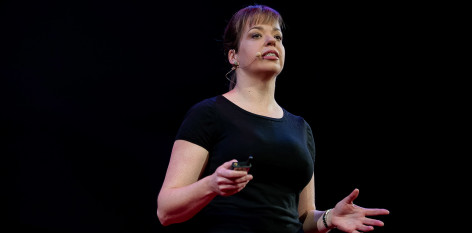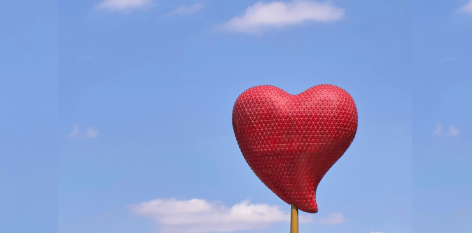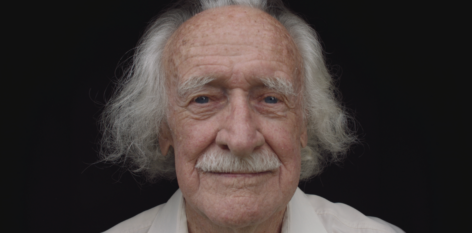Every day, across Australia, 2 millions selfies are taken. This pursuit is nothing new. When we feel at our best, we want other people to see it. Ever since the commercial inception of self representation in the fifteenth century, aka, the painted portrait, we’ve been obsessed with the projection, promotion and manipulation of our own image to advance our social status.
Fast forward to today and we’re still trapped in the system of belief that what we see is, somehow, fundamentally true. What we see is the truth because our eyes tell us so. Which is also the reason why we’re always so surprised by magicians and misled into thinking that people’s Instagram feeds are real life.
But remember this, we’ve been manipulating our faces since the 1400s, be it with paint or pixels. It’s given birth to today’s selfie culture, facilitating a legacy of synthetic physiognomy. Or quite simply, “I will look however I want to look.”
And with 1,000 manifestations of this legacy being produced globally every ten seconds on Instagram, (93 million a day) you have to ask; how will our future generations understand the concept of beauty, or even self worth? Or more importantly: How do we as a society understand it right now?
Is it a stretch to say we’re each in the driving seat of this legacy? Not really. A selfie with the front-facing camera on a phone is producing an image of the face in reverse, and unless your face is perfectly symmetrical, you’ll look considerably different. This creates a stop gap, between what we think we look like, and how we actually look. Which is a big reason why many of us recoil in horror at candid photos of ourselves that we think look nothing like us at all. When, in fact, they actually do.
At the centre of much of this turmoil is technology. The iPhone XS was recently hit with criticism for allegedly sneaking a soft, flattering, built in filter on their front facing camera. For many, this sparks joy, but digging into hows and the whys can make you feel pretty uncomfortable. The iPhone also can capture multiple images, some even before the shutter is pressed, and merge them into one perfect shot. Samsung phone owners encountered a similar situation in 2016, where the phone smoothed out freckles and made people’s faces slimmer. So, what are we actually looking at? That’s the problem, we can’t really say for sure, cameras are no longer just capturing light, they are computers, optimising our faces before we even asked for it.
Ever been irritated by an auto-tuned pop song? Welcome to the era of auto-tuned photography. Quite simply, a whole new approach to photography exists, merging exposures. The real kicker is that the function can be disabled, but the default mode in “on”.
What’s more, we now have access to tools that allow us to distort the already distorted images we create, but to a commercial standard. The struggle for aesthetic truth that we once attributed to magazine covers and billboards is now in the palm of our hands. Tools such as Adobe Lightroom Presets. Who here has heard of a Preset? Not the band. A Preset is a pre-configured Adobe Lightroom setting that, when applied to any image, immediately makes the subject look prettier, the backdrop look fancier, the lifestyle look richer. All available for purchase from your favorite influencer should you so desire.
The culture is opt out, not in, because it’s so ingrained within our mentality and technology that we typically remain blissfully unaware of the malformed legacy we’re persisting. We’re social by nature and want to be seen, if we’re not seen then we feel invisible and feel the need to alter ourselves to garner the attention and feedback that we crave, likes and comments. The results are saddening, but it is a reality of the 21st century.
TEDxSydney 2019 will be a day like no other.
Join us and be a part of the ideas that are leading us into the future.








